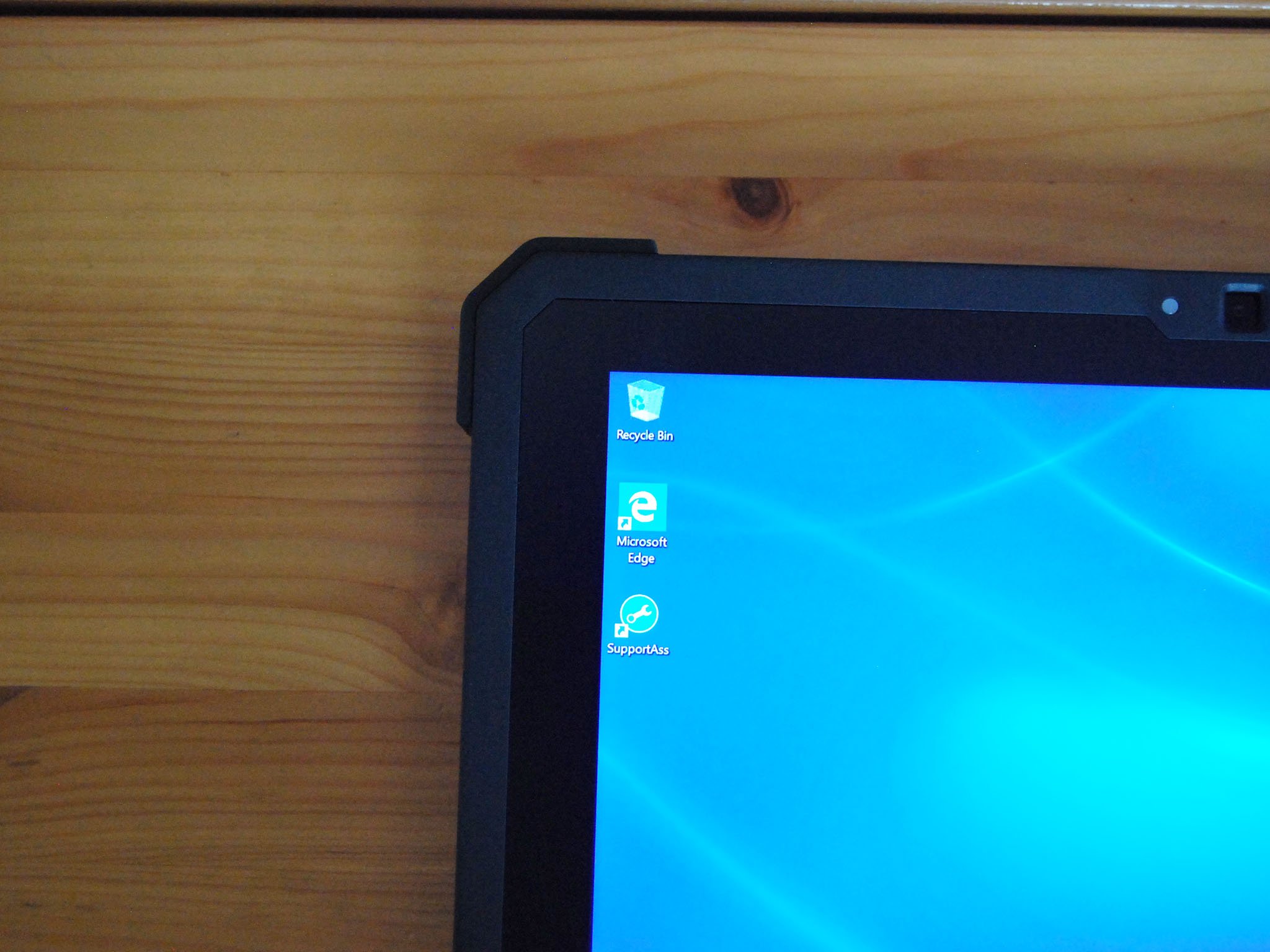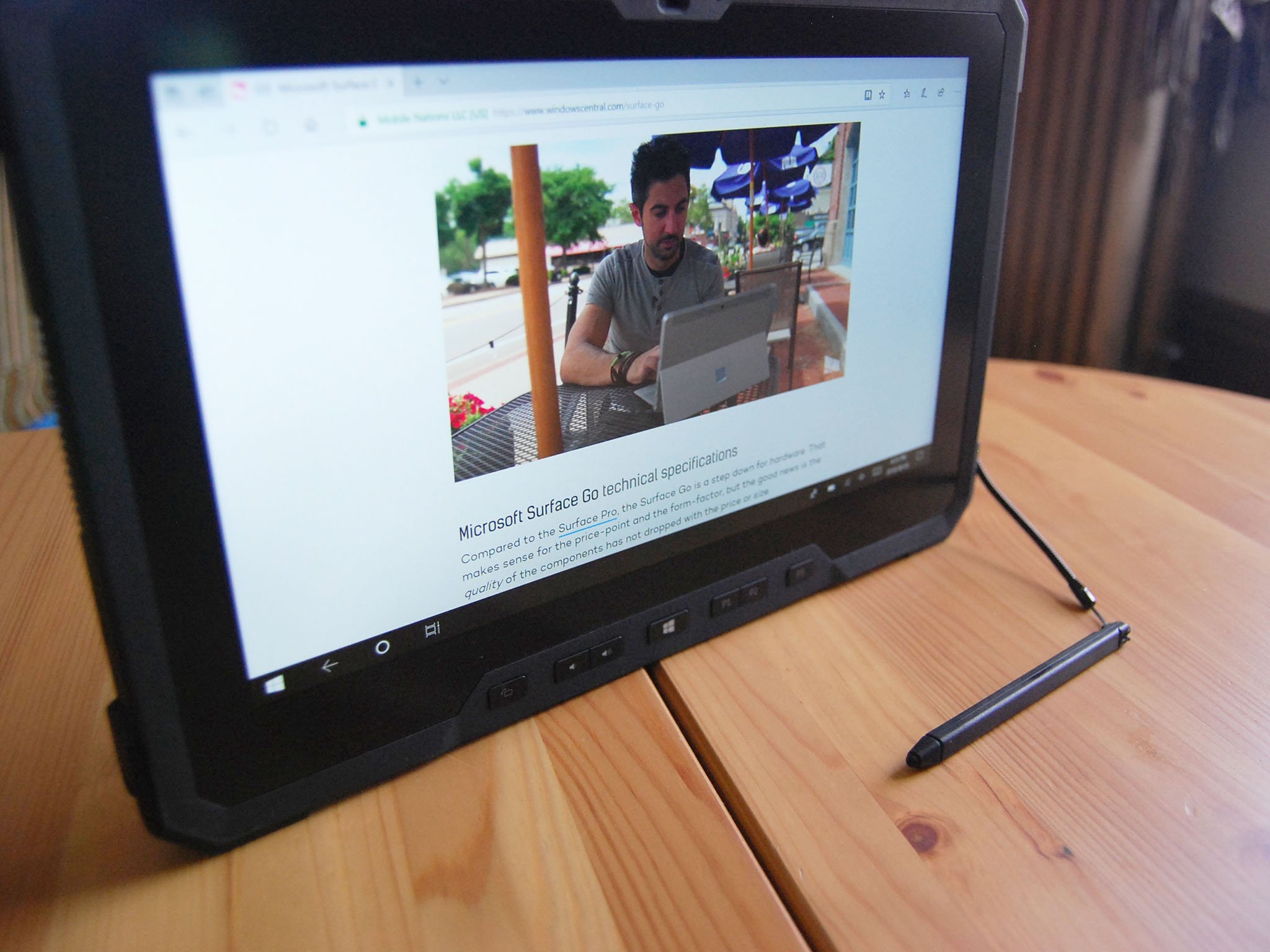
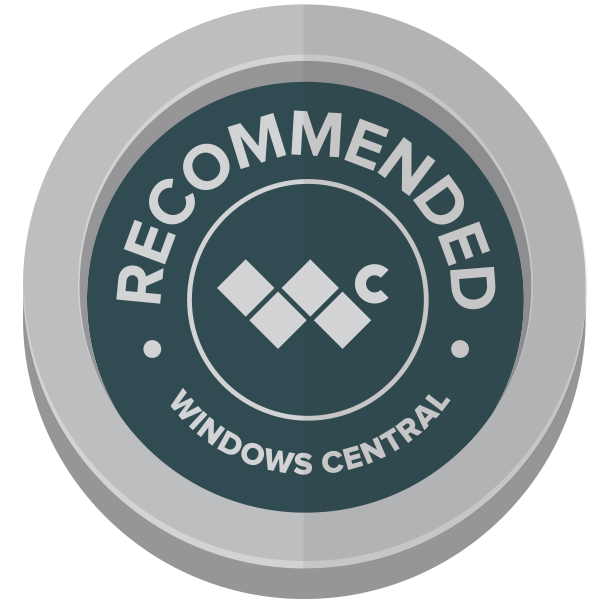
Dell's business side of PCs has a lot of range, from premium workstations all the way down to rugged tablets designed for a life outdoors. I have here for review the 11.6-inch Latitude 7212, a bulky tablet that starts around the $1,900 mark. No, it's not cheap, but it's designed for a specific audience that won't mind paying for the durability it brings with it.
There are plenty of accessories sold separately, including a desk dock, vehicle dock, keyboard and kickstand, and large handle, but I'm focusing only on the tablet in this review. Let's find out how well it performs and whether or not it's really as rugged as it's made out to be.
Puts up with a beating
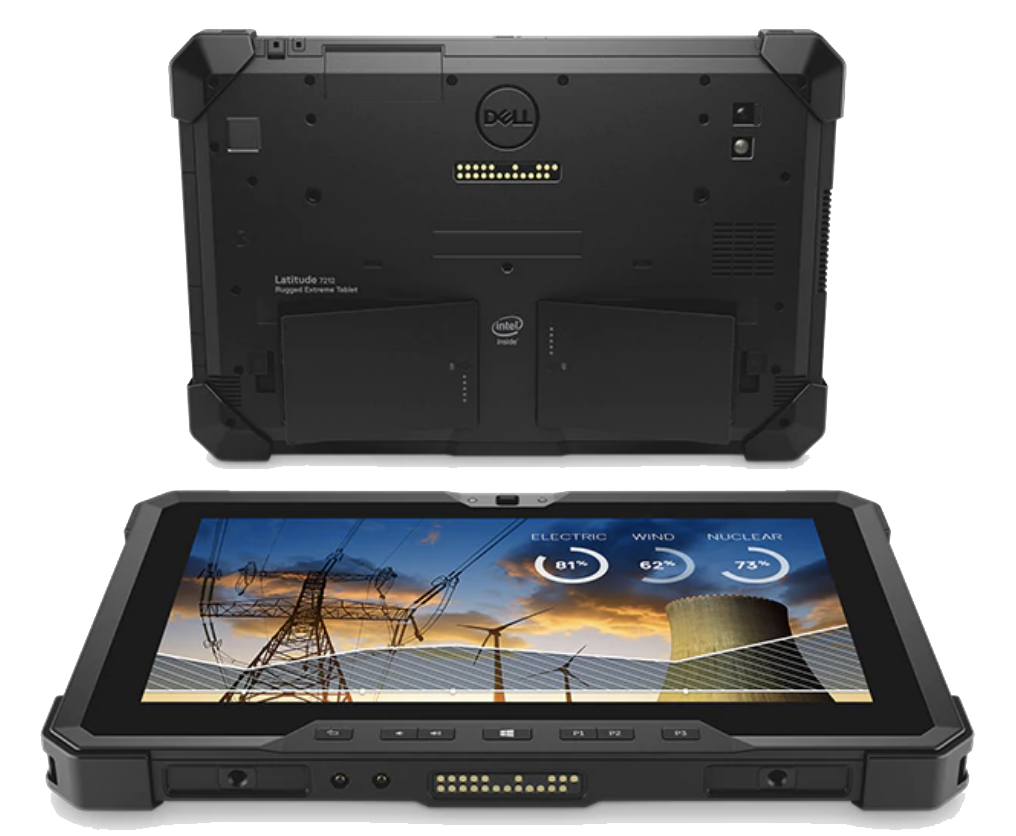
Dell Latitude 7212 Rugged Extreme Tablet
Bottom line: It's decked out with features, it performs well, and it can put up with a lot of abuse.
Pros
- Hot-swappable battery system.
- Performance in line with an Ultrabook.
- Drops don't seem to matter.
- Plenty of extra features.
Cons
- Exhaust fan blows into your hand.
- Display is a bit grainy.
What you'll love about the Dell Latitude 7212 Rugged Extreme Tablet
It's immediately clear that the Latitude 7212 was made specifically for extreme conditions. It's just under an inch thick, it has reinforced rubber corners that protect against drops, each corner has a loop into which you can attach a tie, and the ports — all collected on the right side save for the SmartCard reader on the back — have covers to keep out dust and debris (water gets in if submerged, but it will put up a fight against some rain). The tablet passed MIL-STD-810G testing, and it should have no problems with being dropped out of your hands. I casually let it go a few times, and each one resulted in a bit of a bounce (the corners work!) with no visible damage.
Ports include USB-C with DisplayPort alternate mode, USB-A 3.0, 3.5mm audio, and a microSD card reader. There's likewise a Mini serial RS-232 port that would undoubtedly come in handy in certain professions that use more specialized equipment. For a work tablet I think it would be nice to see more ports, but USB-C does take care of a lot, especially if you add an adapter.
All the latest news, reviews, and guides for Windows and Xbox diehards.
| Category | Spec |
|---|---|
| Form factor | Tablet |
| Display | 11.6-inch FHD (1,920 x 1,080) IPS, touch |
| Processor | 7th Gen Intel Core i5-7300U |
| Graphics | Intel HD Graphics 620 |
| RAM | 8GB DDR3-1866MHz |
| Storage | 256GB M.2 PCIe SSD |
| Biometrics | Fingerprint reader |
| Battery | Dual 34Wh Hot-swappable |
| Wireless | Intel Dual Band Wireless-AC 8265 Bluetooth 4.2 |
| Ports | USB-C (with DisplayPort), USB-A 3.0, microSD card reader, 3.5mm audio, Mini serial RS-232 |
| Size | 12.3 inches x 8 inches x 0.96 inches (312.42 mm x 203.2 mm x 24.38 mm) |
| OS | Windows 10 Pro |
| Weight | 2.82 pounds (1.28 kg) |
There are plenty of extra features squeezed into the relatively small chassis, including quality rear-facing (with flash) and front-facing cameras with privacy shutters, a fingerprint reader for speedy Windows Hello logins, dual hot-swappable batteries with push-button gauges, backlit physical buttons on the front for things like volume and rotation lock, and a built-in stylus with elastic tether cable that keeps it from disappearing. Even if you're not using the bevy of accessories that are available — like in my case — it's still a completely functional device.
The FHD touch display has a matte finish and can get seriously bright, making it ideal for working outdoors. It does look a bit grainy, and testing color accuracy I got back 99 percent sRGB and 80 percent AdobeRGB, both outstanding results. In most intended cases, the screen will fare well. It even seemed to be able to pick up my input through thin gloves, and when it doesn't the stylus is waiting there at hand.
As for general performance, the Latitude 7212 matches other Ultrabooks using 7th Gen Intel Core processors (CPU).. It scored 21,138 in the Geekbench 4 graphics (GPU) test, and the Geekbench 4 CPU test hit scores of 4,146 (single core) and 8,216 (dual core). The Liteon M.2 solid-state drive (SSD) performed admirably with sequential read speeds hitting 1,976.0 MB/s and write speeds up to 773.8 MB/s. Finally, testing the hardware together with PCMark 8, I got back a score of 3,108. Bottom line here is that you shouldn't expect subpar performance just because everything is contained in a tablet.
Finally, battery life is superb, reaching for the twelve or thirteen-hour mark with both starting out fully charged. They're hot-swappable, meaning you can buy extra batteries and charge them before heading out, and you can quickly check the status with built-in LED gauges. Next to the batteries are dual speakers that get surprisingly loud, enough to hear a live meeting or instructional video when outdoors.


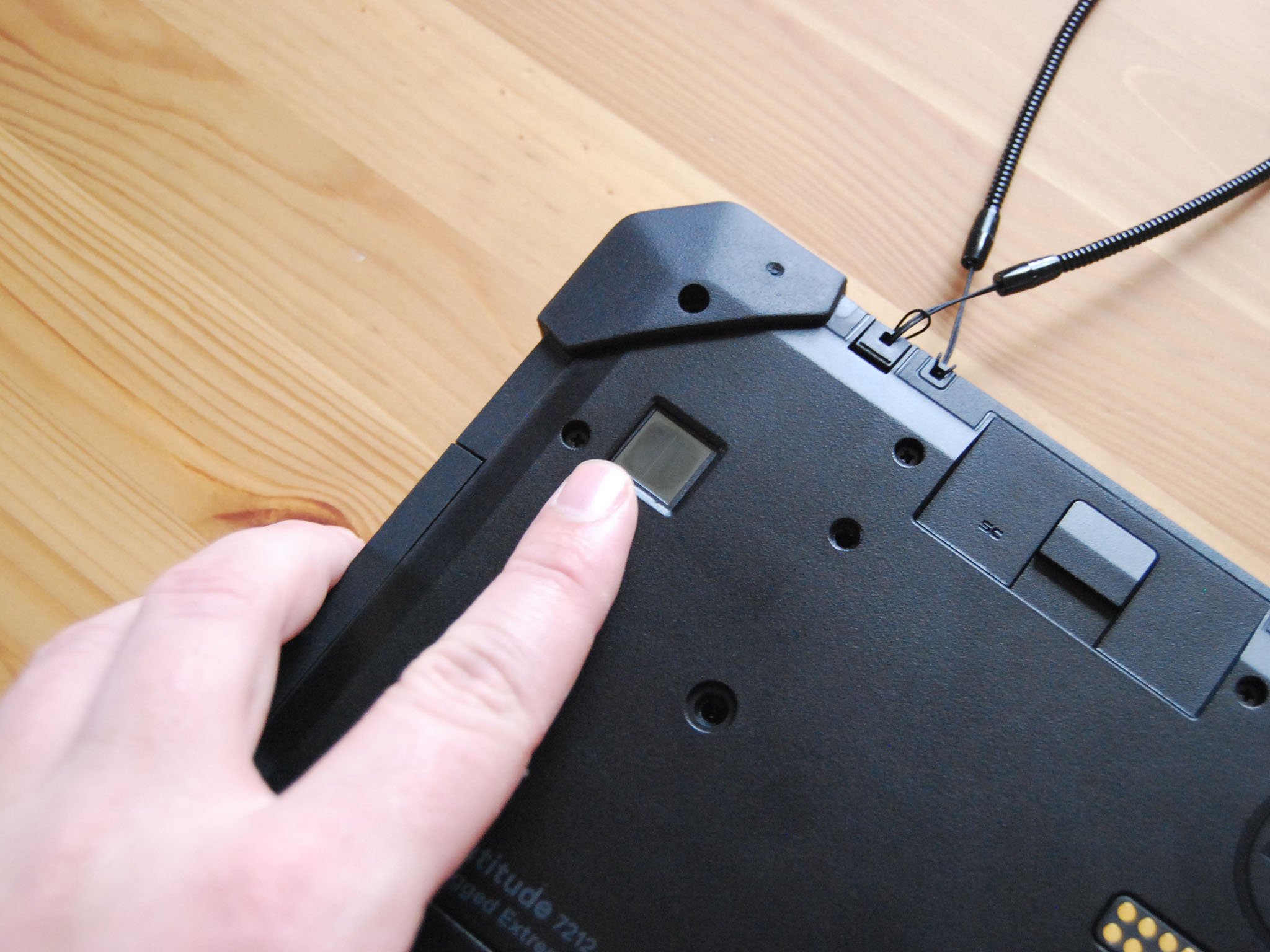
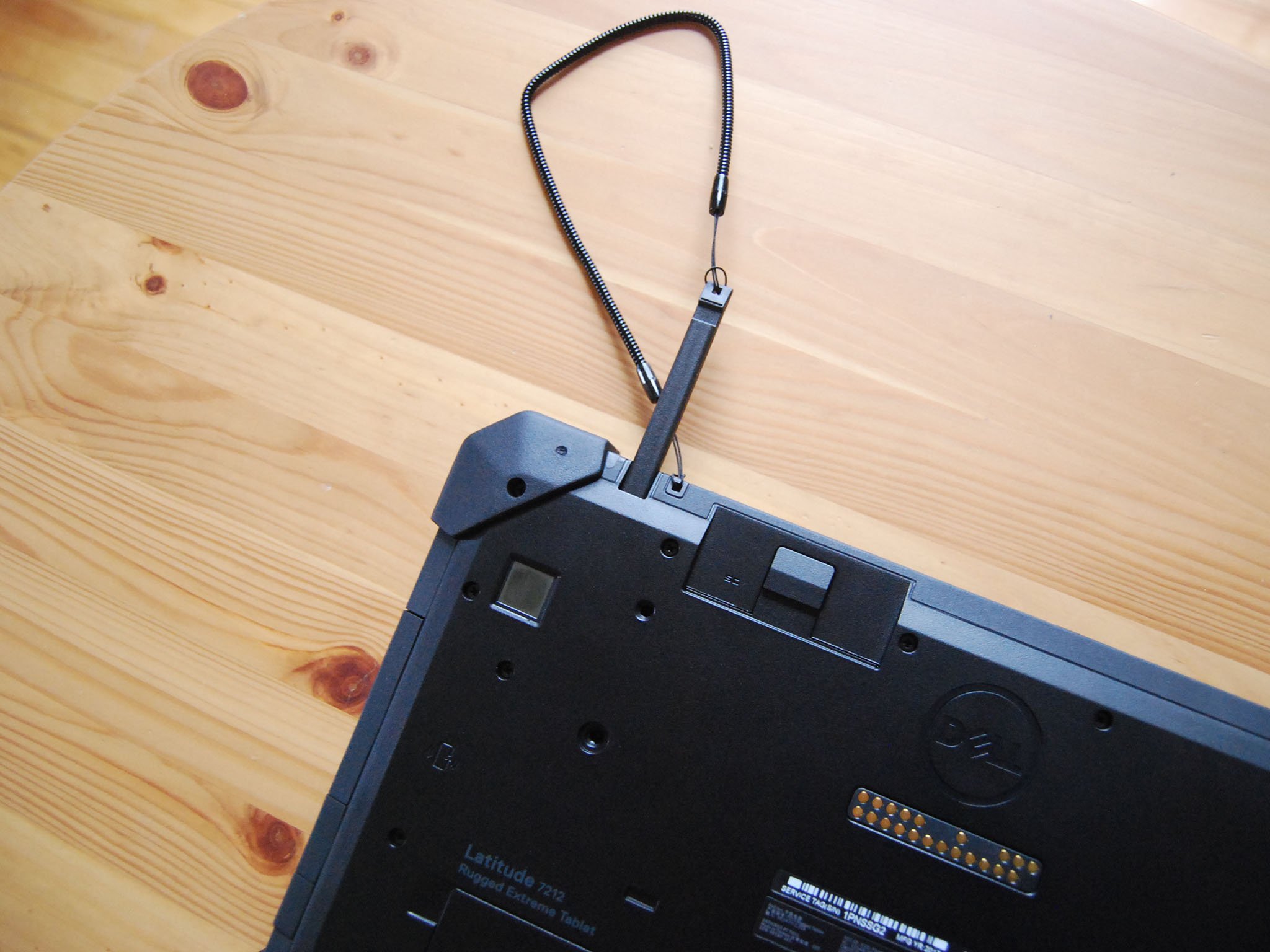
What you'll hate about the Dell Latitude 7212 Rugged Extreme tablet
I use my right hand with the stylus or while pointing, so that my left hand grips the tablet. It sits right where the exhaust vent is installed, and I had hot air blowing constantly against my palm. It's not a bad feature for cold winter days, but in the summer it quickly gets annoying when you're really pushing the tablet to work. The fan doesn't always run, but when it does, you'll definitely feel it.
Other than the vent situation, my only other complaints are about the port selection and graininess in the display. Neither of these are deal-breakers, though, and considering the price of the Latitude 7212 (starting at about $1,900) is actually quite competitive in the rugged device world — a Panasonic Toughpad FZ-G1 with similar specs costs upwards of $4,000 — it remains one of the best options for a tablet that can withstand time in the field.

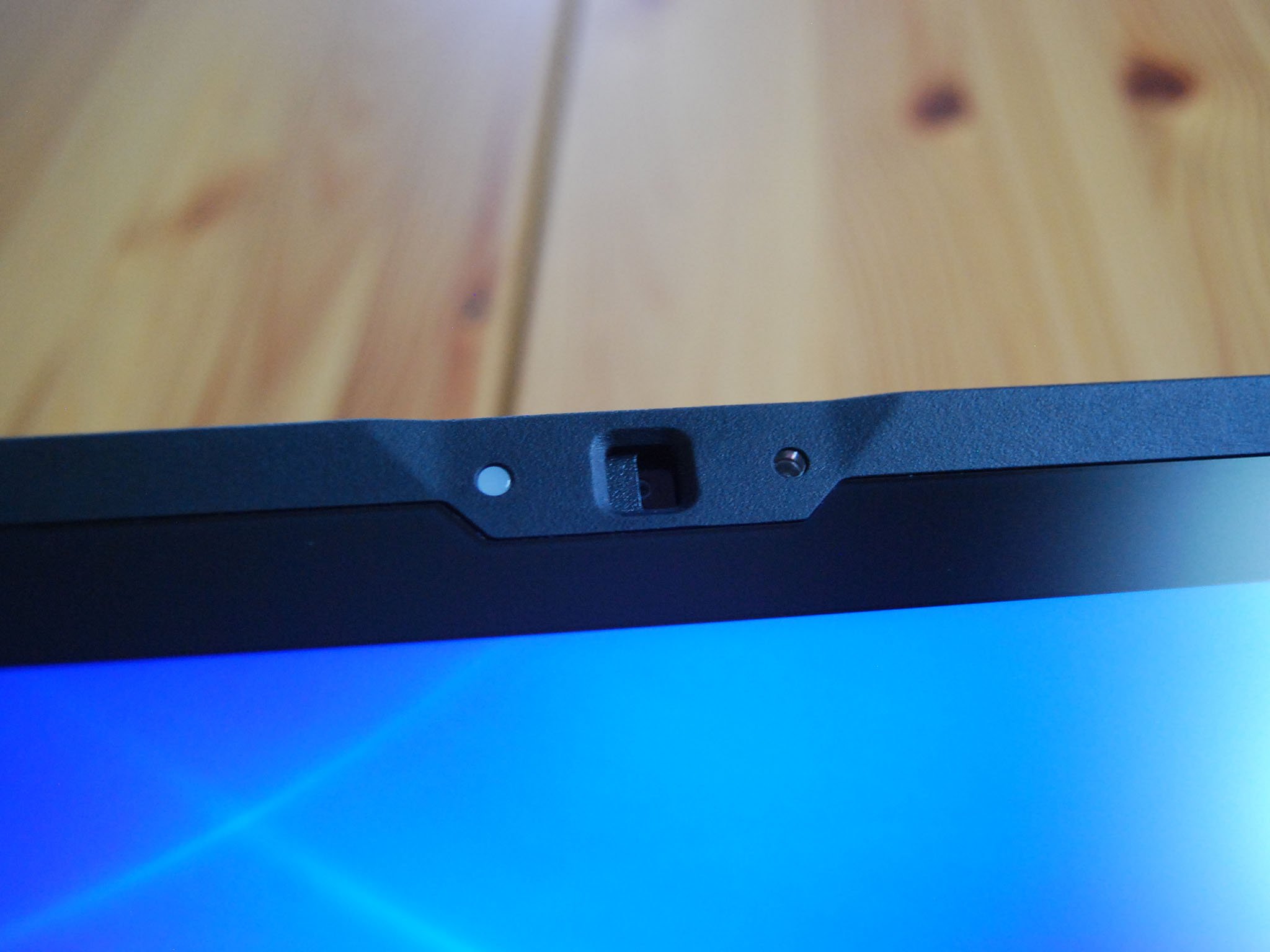
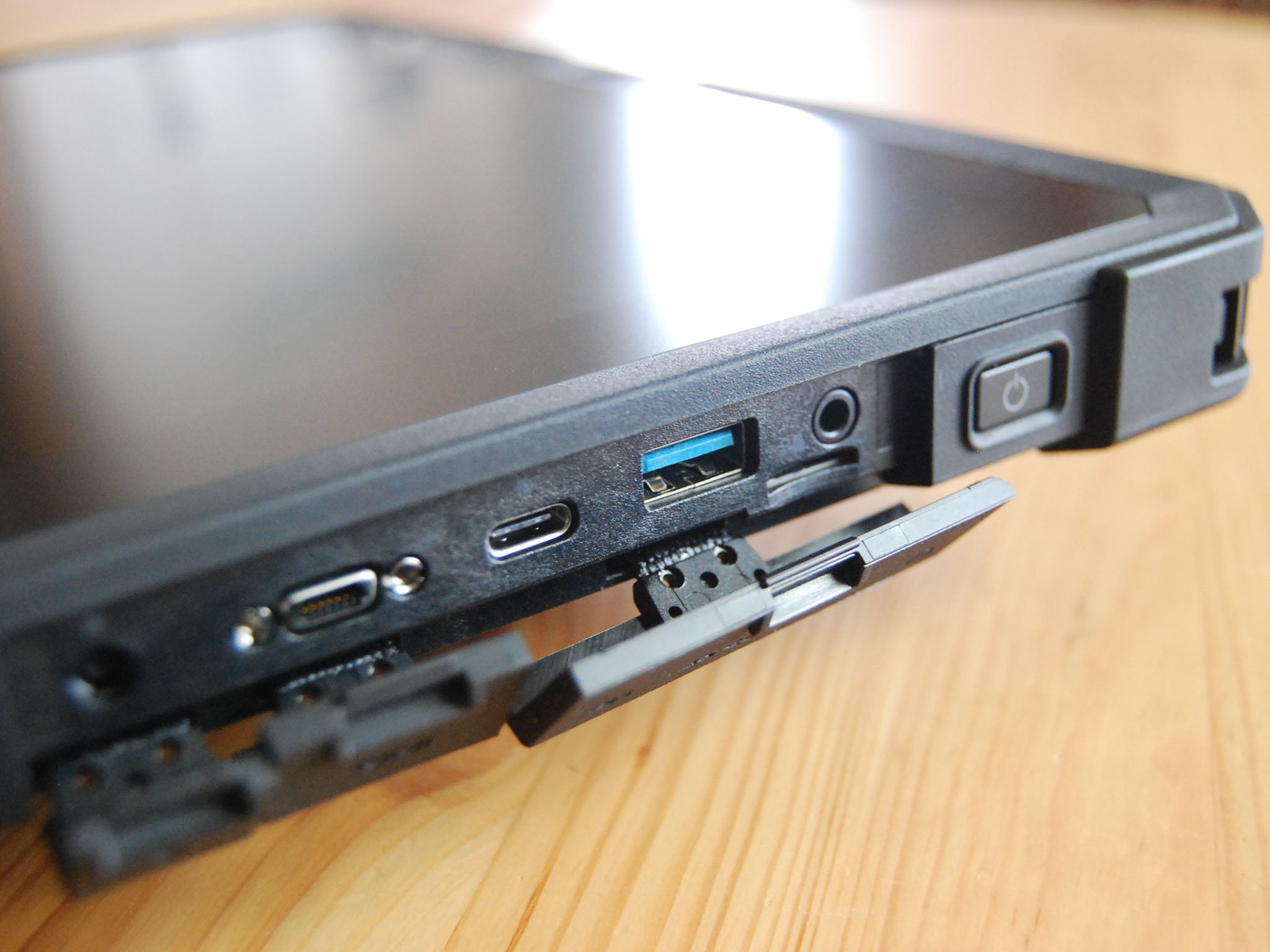
Dell Latitude 7212 Rugged Extreme tablet bottom line
I wish I could have tested out some of the accessories, but as far as the tablet experience goes, there's not a whole lot to complain about. The hardware inside performs as it should, and if you need more, there are a ton of configurations available at checkout, all the way up to 8th Gen Intel Core i7 vPro CPUs, 1TB M.2 SSDs, and LTE capabilities.
As long as you don't mind a bit of grain in your display and can put up with a USB-C and USB-A port, the rest of the features will surely come in handy. The dual battery system will easily last you through an entire workday, the physical buttons on the front make it easier to operate in tablet mode, and the overall build quality suggests you can spend less time worrying about whether or not your device will live, and more time worrying about the task at hand.
Should you buy this? Yes, but only if you need a rugged tablet. The relatively high price and bulky design are meant for specific usage, and using it indoors for everyday tasks doesn't make much sense.

Cale Hunt brings to Windows Central more than nine years of experience writing about laptops, PCs, accessories, games, and beyond. If it runs Windows or in some way complements the hardware, there’s a good chance he knows about it, has written about it, or is already busy testing it.
